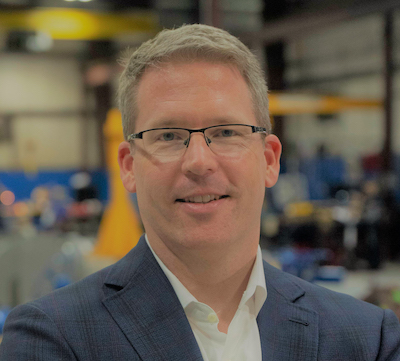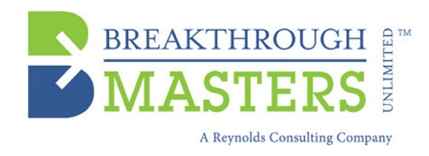
Chris Jones, Master of Strategic Implementation
Chris Jones has quadrupled his revenue since 2010. He owns Swagelok Southeast Texas, a distributorship for Swagelok products. How did he do it? There are many options Jones doesn’t have. As a distributor, he has an exclusive relationship with Swagelok so he can’t add additional products or brands; he is locked into his territory boundaries and the customers who reside there; and price is discretionary but governed by market positioning of the brand. He has to focus on catering to the needs of the customers within his footprint and adding more value than the other guys. And he has done an incredible job of it.
What is the catalyst for your growth? Our growth is a result of our strategy. And our strategy is based on market data. We studied our market to determine where we had untapped potential and which customers would most likely become partners with us. In the Houston area we have lots of big oil and gas customers and we decided we would focus on them. We expanded our portfolio of product by offering custom solutions, or configured and assembled systems that made our customers’ lives easier while incorporating more of our products. We deliver more services to support the relationship. And we spent more time working with them on their problems and partnering on solutions. The more time we spent with them, the more issues they brought to us and the more value we created.
Did success happen quickly? We started by building a scalable organization with the right people in place. We invested in people early on. But figuring out how to scale our customer relationships took a bit more time and some trial and error. We experimented with how best to get customers to trust us enough to bring us their big problems and let us help develop solutions. We hosted customer sessions where we talked about our capabilities and the types of problems we have solved until we could identify what issues a particular customer faced. As we progressed we went from solving specific one-off customer problems to identifying universal needs which allows us to respond quicker. As we were able to respond quicker, customers started trusting us more and bringing us more difficult problems. We finally started hitting our stride in mid-2017 and the business took off.
You have lived the strategy. Most organizations get off track along the way and struggle with strategic implementation. How did you stay the course? I have developed the ability over time. I can get as distracted over the shiny thing as anyone else but have learned that if you have a super specific vision, you can get people lined up behind it, and then you can move forward quickly. If we chase 5 or 6 ideas it is hard to make progress on any of them. But you must be relentless.
How do you create the specific vision? We paint a picture of our future. We try to really think through what will be different about our organization and our people’s lives in that future state. What will our customers care about? What will our customers be saying about us and our capabilities? What are our facilities like? What specific products/services are we selling and in what balance? What kind of car does our employee want to drive? We try to physically transport people into the future so they can see it and feel it. And then we update it annually.
How do you connect people to the vision? We came up with a tag line for our strategy that we want to be extraordinary—in everything. We expect people to bring their “A” game, give them opportunities to reach their potential, be an extraordinary team mate, be proactive, have an extraordinary personal life. We try to give people every chance to grow and develop. Being extraordinary is the anchor point for how we do everything and people want to be part of an extraordinary organization and team. Every Monday we share the Extraordinary News Weekly about people going above and beyond, showcasing our values in action. We want to work with great people and attract world class talent. We believe that if we develop great people, that no matter where they end up they will always look out for us. It is a great way to pay it forward.
What does strategic implementation look like? It starts with our leadership team who live it every week and cascades down to all associates. We stay focused on priorities and spend a lot of time figuring out how to invest skills, capacity, and other resources to get the best return against our goals. We use a strategic implementation system where we review weekly all projects and metrics. We figure out a game plan if something is off track or we re-prioritize it. The system we use keeps us focused. There is a cadence to the meetings that allow us to drill down from a 3-year planning horizon all the way to weekly expectations. We aren’t guessing what we should be doing to move the needle; we have a plan we are following and actively managing results.
What is the best leadership lesson you have learned? When I was a new leader I relied heavily on my own skills and abilities and put the failures on the team. I was me-centric. I have learned not to take myself so seriously and surround myself with people more capable than I. When I started to let go—point the group in the right direction and loosen my style—I was able to unleash what I am really good at which is how I can best create value for the organization and help ensure we living up to “be extraordinary”.
Do you have a favorite quote that guides you? I have used this line for many years and in both my professional and personal life. It is from The Long Gray Line, a book about West Point Life and based on Marty Maher, “Always choose the more difficult right than accept the easier wrong.”
